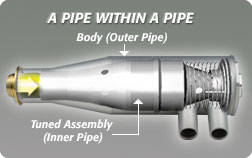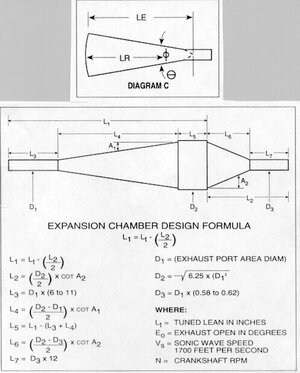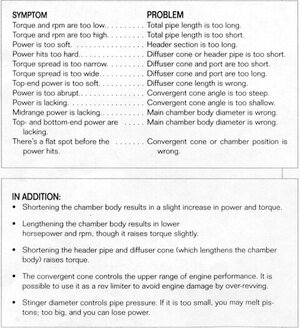SUPERJET-113
GASKETS FOR CHAMP BRAP!
- Location
- Lake Havasu City, AZ USA
I dont know if this has been mentioned before, but it would be awesome to have something like this on our ski's! Would it be possible to make one for a PWC? Maybe some of you R/C head will know more about this contraption.
It aint to gawd damn buku! :Banane26: :doh::laugh2:
http://www.bukupower.com/
YouTube - BUKU POWER ACTIVE PIPE
It aint to gawd damn buku! :Banane26: :doh::laugh2:
http://www.bukupower.com/
YouTube - BUKU POWER ACTIVE PIPE




